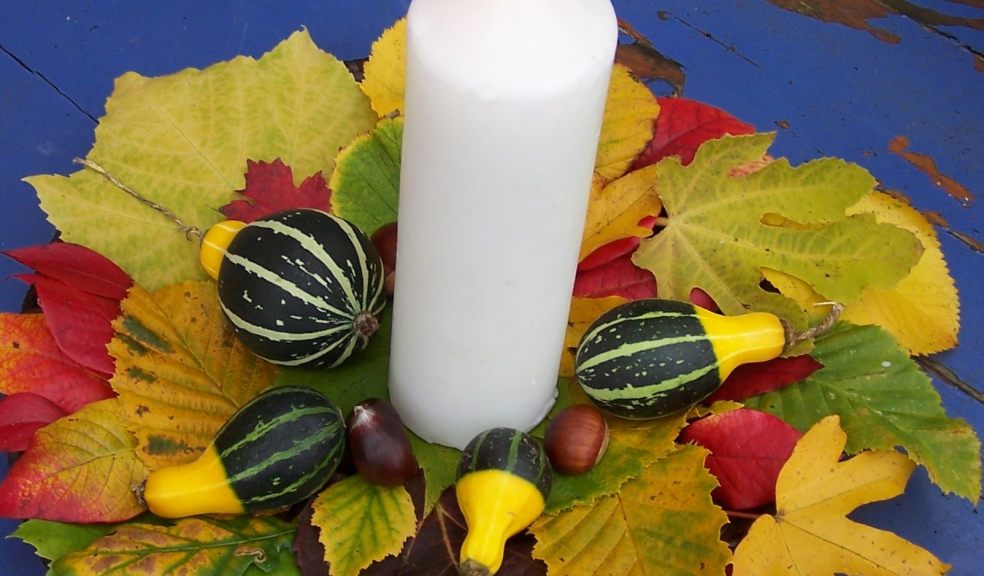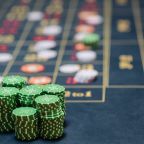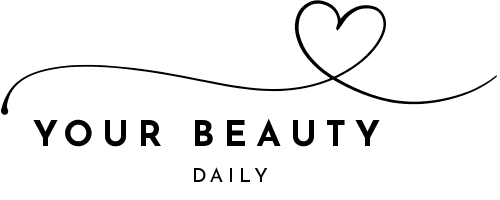
Dreaming of a green Christmas?
We might like to think we are environmentally friendly but what does it mean when we say we are ‘green’? In reality we probably mean different things which can be seen as a spectrum of colour… So what might this mean if applied to thinking about a low carbon Christmas?
Being Light Green is what might be termed acting in enlightened self-interest by taking small actions that are generally beneficial. For instance, changing to energy efficient light bulbs, turning down the thermostat or heating valves, recycling, wildlife conservation, saving water all help to reduce impact on the environment in small ways. But they are also an advantage to us by cutting our costs and feeling we are doing our bit. In effect these are all necessary but not sufficient if we are going to really reverse the ecological damage humans are causing.
So a light green Christmas might be when wrapping paper is recycled and a turkey bought from a local farm.
Mid-Green goes slightly further by making us question our convenient lifestyles. So we may take the bus or train rather than drive. We give away our unwanted goods, we rescue food from going to waste, we switch to renewable energy supplies, we buy locally, or we change our diets. All such activities are again laudable and effective, and they begin to inconvenience us. Our comfort is challenged!
A mid-green Christmas could be marked by replanting the Christmas tree and walking to church…
If we are Deep-Green, we begin to think and act much more radically. This really begins to reverse our destructiveness and reduce our footprints. For example, we choose not to travel at all but refrain from making all but necessary journeys except on foot. We sacrifice air travel or purchasing energy-consuming equipment. We re-think how we spend and save money (in local Credit Unions or in community shops). We reassess our values and show a deeper respect for all non-human life, as well as for others.
If you want to be deep green at Christmas, you might eat a nut roast and share only home-made or ethically-sourced gifts, including Fairtrade products.
Finally, we can strive to becoming Rainbow people. These are those who live more hope-fully and more alternatively. Sharing rather than competing – homes, gardens, cars, time. Becoming more gracious and grateful and recognising boundaries such as limits to personal acquisitiveness. Re-connecting with the Earth, with one another, and with God. Setting our goals and living now with future generations in mind and rediscovering personal relationships and friendships that transcend both nations and generations.
No television, no plastic decorations and maybe you share your food with neighbours or a food poverty project if you celebrate a Rainbow Christmas-tide. You give away that which you don’t need.
To some extent these colours may be caricatures but there is a big difference in tweaking our lives and transforming them. Maybe we all should become chameleons starting with a light hue of green and progressing to that rainbow which is the symbol of living together forever (Genesis 9)…
So what colour will your Christmas be?
This item first appeared in Devon Churches Green Action News, December 2013

















